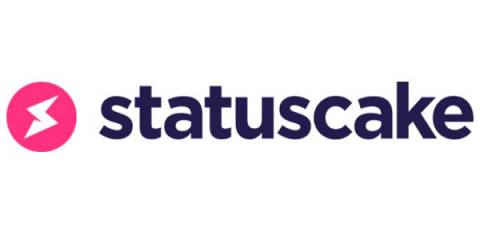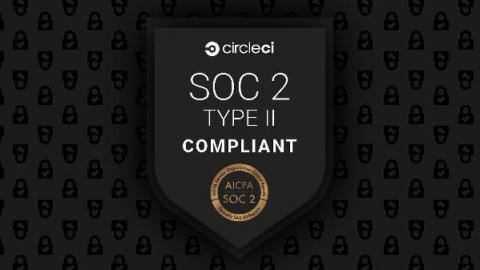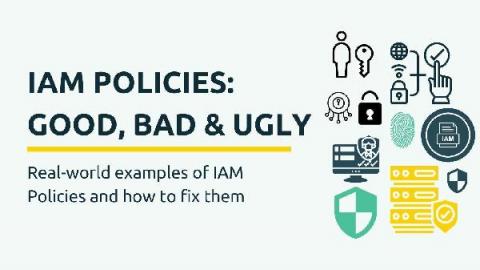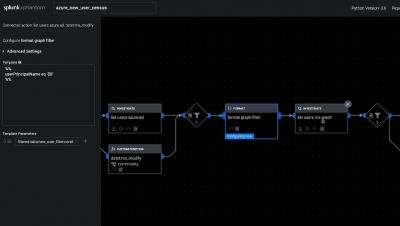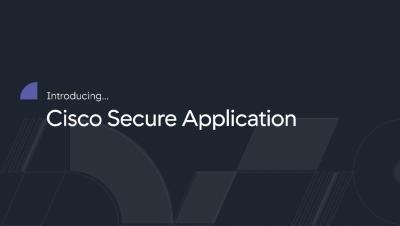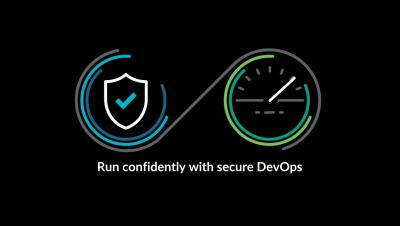The Facebook data breach that affects over 533 million users explained
If you’re a Facebook user, brace yourself for this one. It’s recently come to light that 533 million Facebook users’ details were found on a very suspicious hacker forum. The details found include users’ phone numbers, Facebook IDs, full names, locations, birthdays, and email addresses – all typical information that is stored on a Facebook account.


